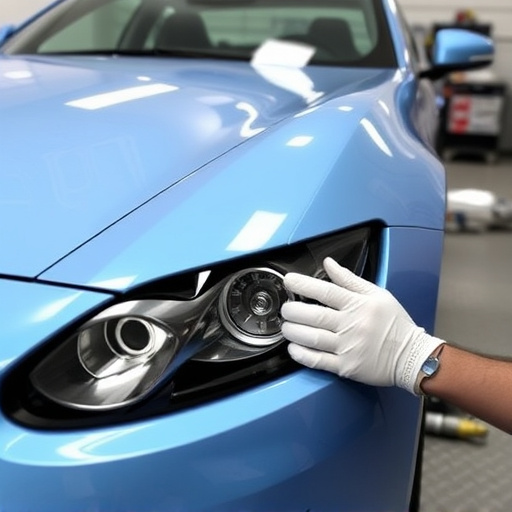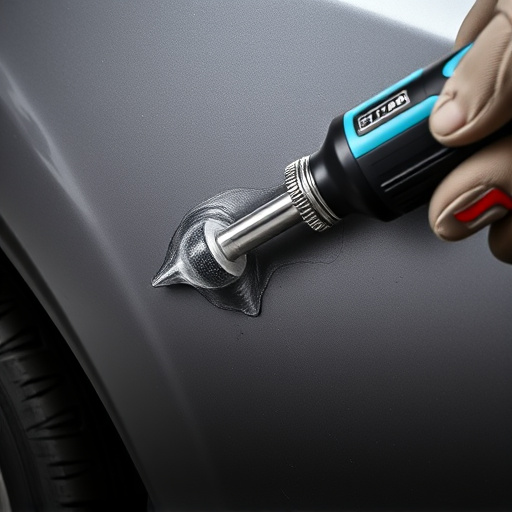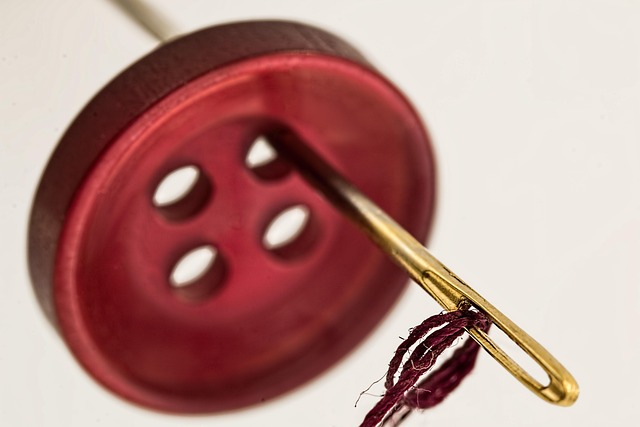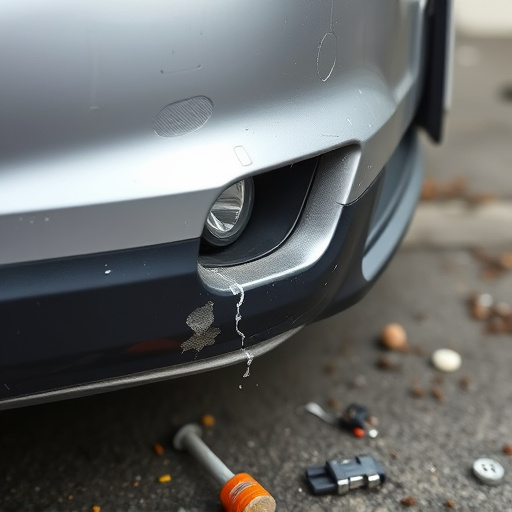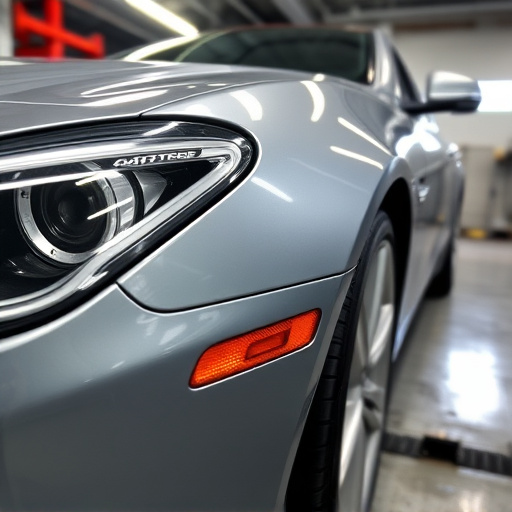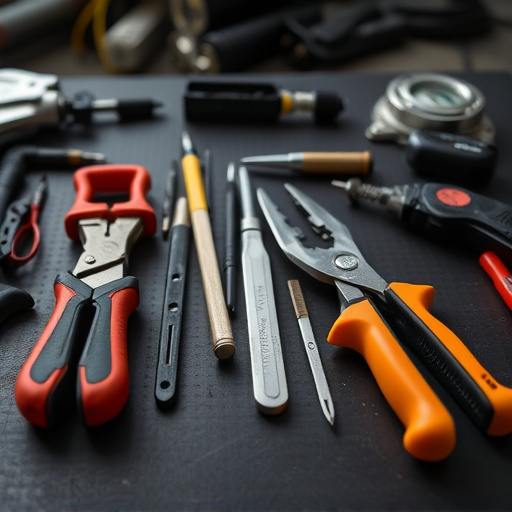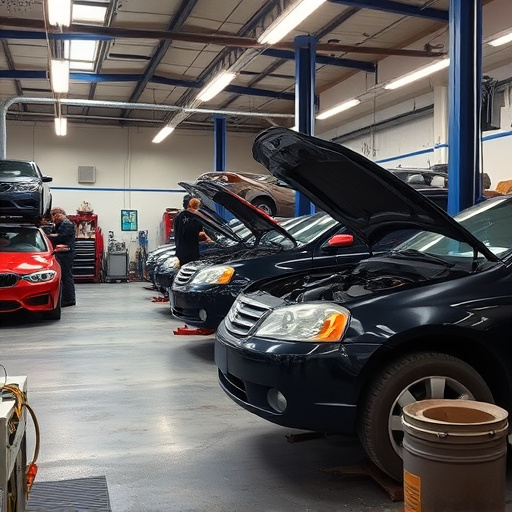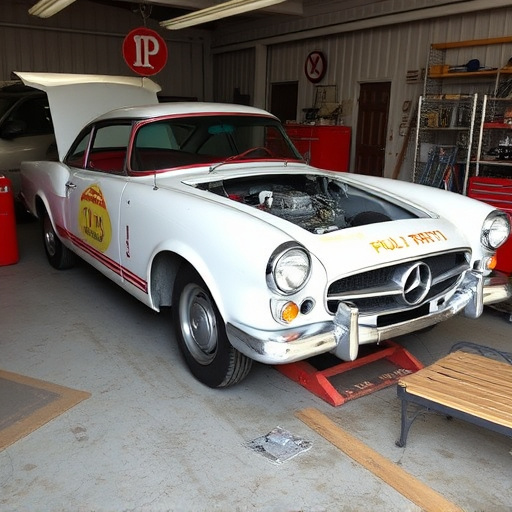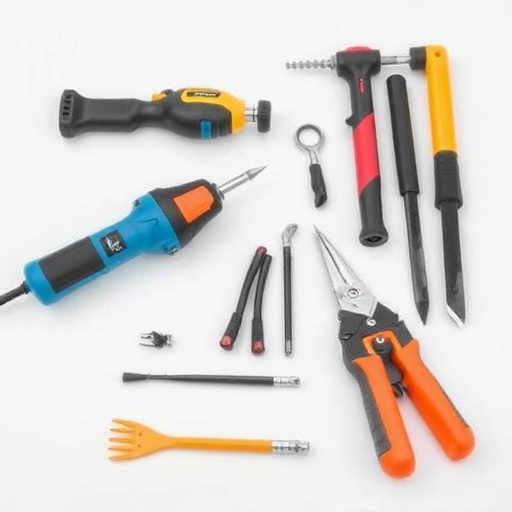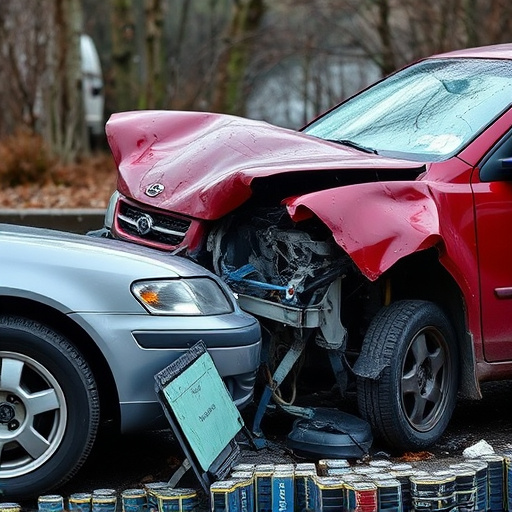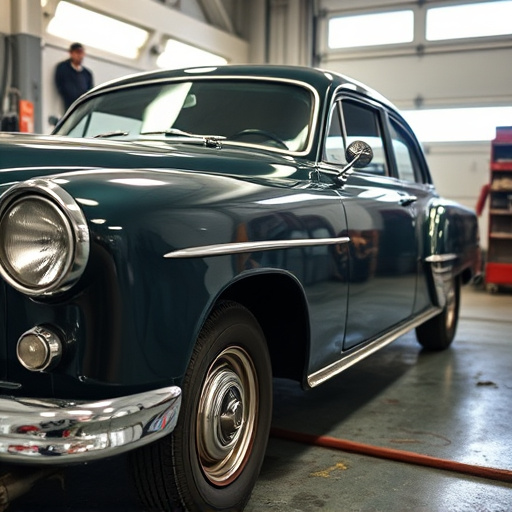Mercedes camera alignment is a critical component of modern vehicle safety and dynamics, integrated with lidar and radar sensors for 360-degree visibility. Essential for auto collision centers repairing Mercedes, accurate alignment ensures optimal performance of active safety systems like lane keeping assist and adaptive cruise control, enhancing driver awareness and vehicle stability. This meticulous process involves strategically placing high-quality cameras to capture detailed images analyzed by specialized software, crucial for both classic car restorations and auto glass replacements.
Mercedes vehicles leverage cameras as essential components of their advanced driver assistance systems (ADAS), enhancing safety and driving dynamics. Understanding the basis of Mercedes camera alignment is crucial for optimal performance. This article delves into the role of cameras, identifies key alignment components, and provides a step-by-step guide to ensure precise setup. By mastering these principles, drivers can maximize the benefits of their Mercedes’ technology, ensuring a safer and more enjoyable driving experience.
- The Role of Cameras in Mercedes Vehicles
- Key Components for Camera Alignment
- Step-by-Step Process for Precise Alignment
The Role of Cameras in Mercedes Vehicles
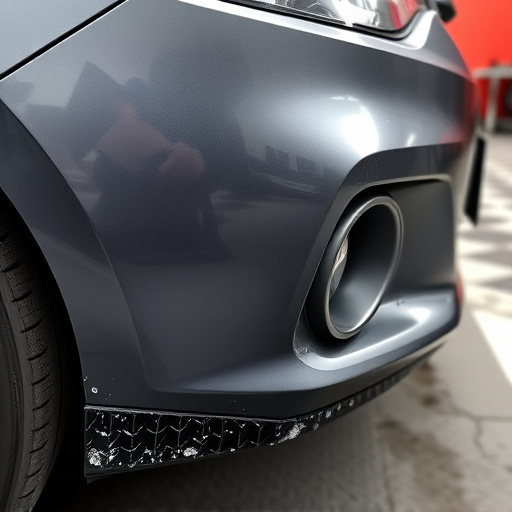
In modern Mercedes vehicles, cameras play a pivotal role in enhancing safety and driving dynamics. These advanced visual sensors are an integral part of the vehicle’s active safety systems, working in conjunction with sensors like lidar and radar to provide a 360-degree view around the car. The Mercedes camera alignment process ensures these cameras capture precise, clear images crucial for features like lane keeping assist, blind spot monitoring, and adaptive cruise control. This meticulous alignment is vital to ensure optimal performance of safety systems, enhancing both driver awareness and vehicle stability on the road.
For auto collision centers specializing in Mercedes repairs, understanding this camera alignment process is essential. When a car undergoes repairs, especially after an accident at an auto repair near me, proper camera alignment can be a game-changer. Skilled technicians use specialized tools to calibrate these cameras, ensuring they function flawlessly post-repair, just like a freshly painted car with no remnants of damage. This meticulous attention to detail guarantees that the vehicle’s safety systems operate at peak efficiency, offering drivers peace of mind on the road.
Key Components for Camera Alignment
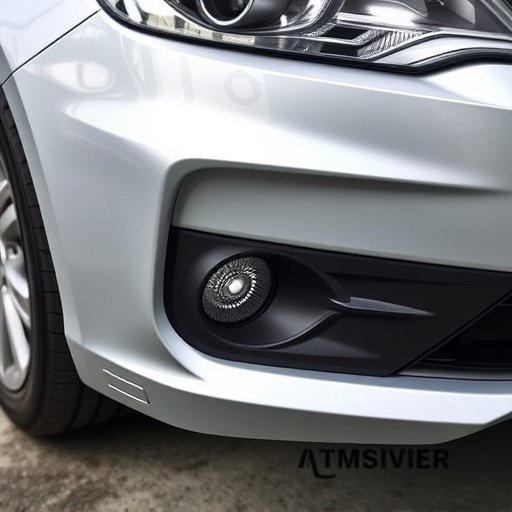
The Mercedes camera alignment process is a meticulous art that requires precise attention to detail. To achieve optimal results, several key components work in harmony. First and foremost, high-quality cameras with advanced sensors are essential for capturing accurate images of the vehicle’s surface. These cameras are strategically positioned around the car, often mounted on adjustable stands or brackets, to ensure every angle is covered. The next critical element is software that can interpret and process these visual data. This technology enables the alignment specialist to measure and analyze various points on the car’s body, including fenders, doors, and headlights.
In a classic car restoration project or following an auto glass replacement, maintaining accurate camera alignment is paramount. It ensures that all components of the vehicle, from lighting systems to body panels, function in perfect harmony. A well-aligned camera system can detect even slight deviations, allowing for precise adjustments during repairs. This meticulous approach guarantees that the restored Mercedes retains its sleek and elegant appearance, matching the original manufacturer’s standards.
Step-by-Step Process for Precise Alignment
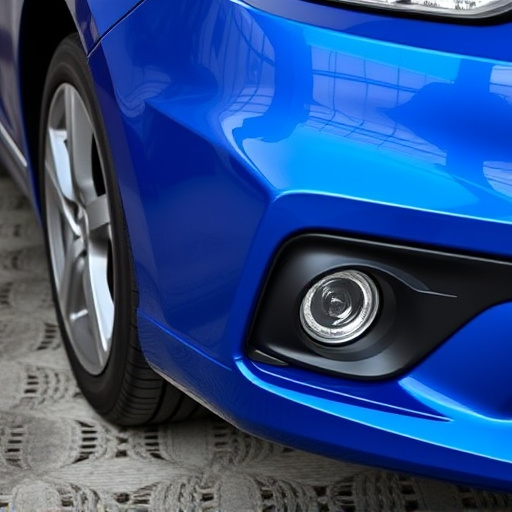
The Mercedes camera alignment process is a meticulous procedure designed to ensure your vehicle’s lights are perfectly positioned for optimal safety and visibility. It involves using advanced technology, including digital cameras, to capture precise images of your car’s headlights, taillights, and turn signals. These images are then fed into specialized software that analyzes the data and makes adjustments as needed.
This step-by-step process begins with lifting the vehicle on a safe and secure jack stand, allowing easy access to all lighting components. Next, the camera system is strategically positioned to capture clear shots of each light assembly. The software then compares these images against established standards for proper alignment. Any discrepancies are identified and corrected by adjusting bolts and brackets until the lights are perfectly aligned. Once satisfied with the results, the vehicle is lowered, ensuring a seamless and safe drive. This meticulous process guarantees that your Mercedes’ lighting system functions at its peak, enhancing both driving experience and road safety, especially in a vehicle body shop or during auto repair for any paint repairs.
Mercedes camera alignment is a critical process that ensures optimal vehicle performance and safety. By understanding the role of cameras in modern Mercedes cars, recognizing the key components involved, and following a step-by-step alignment procedure, car owners can significantly enhance their driving experience. Mastering this process empowers individuals to maintain their vehicles effectively, contributing to safer and more efficient driving in today’s smart automotive landscape.
